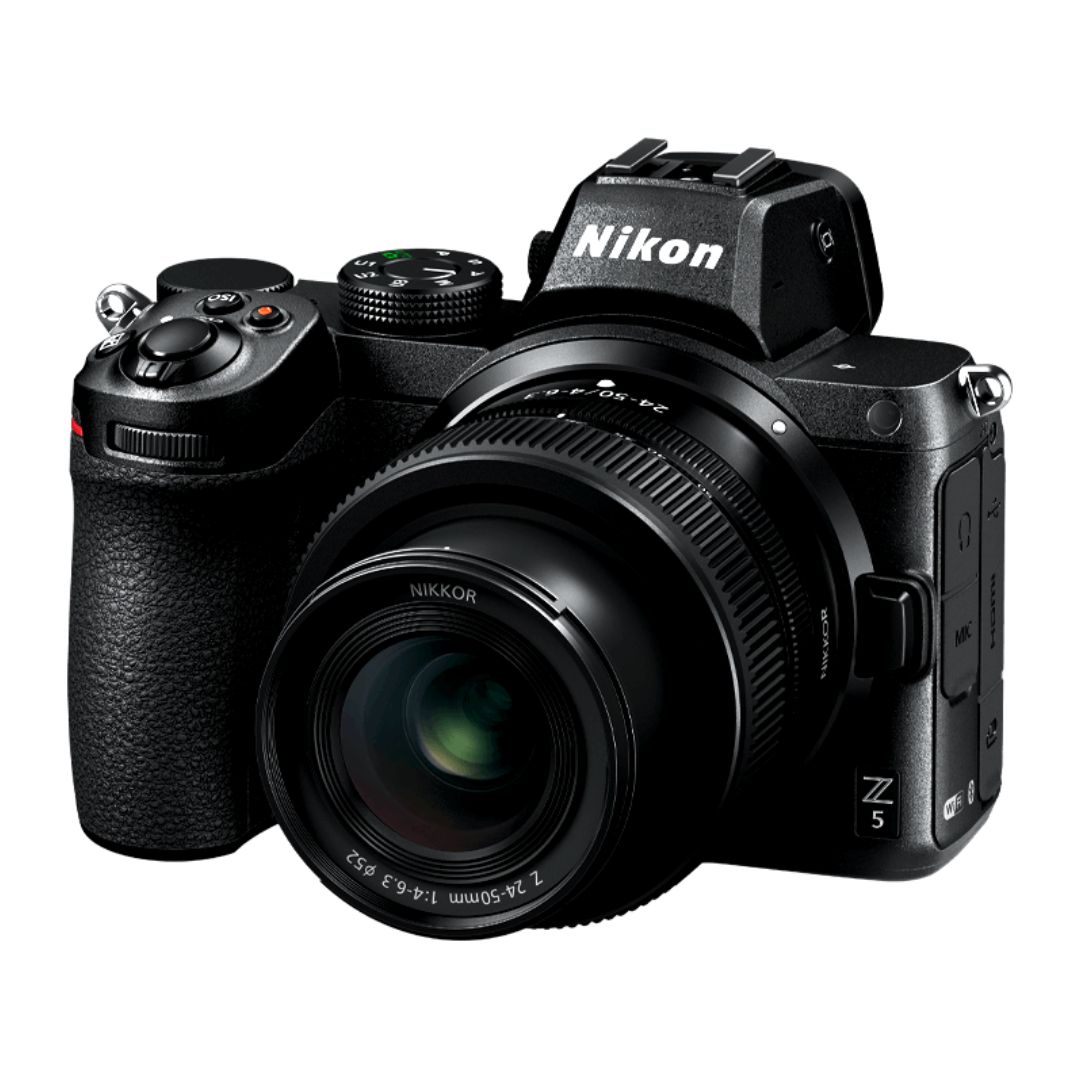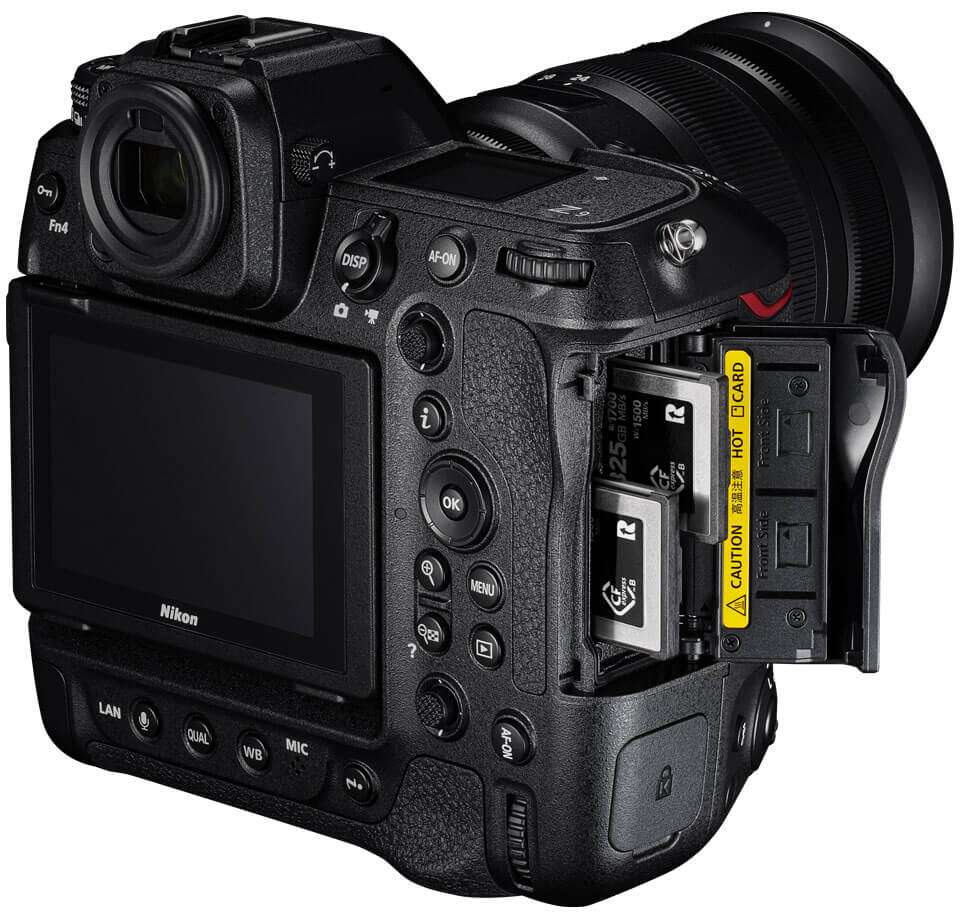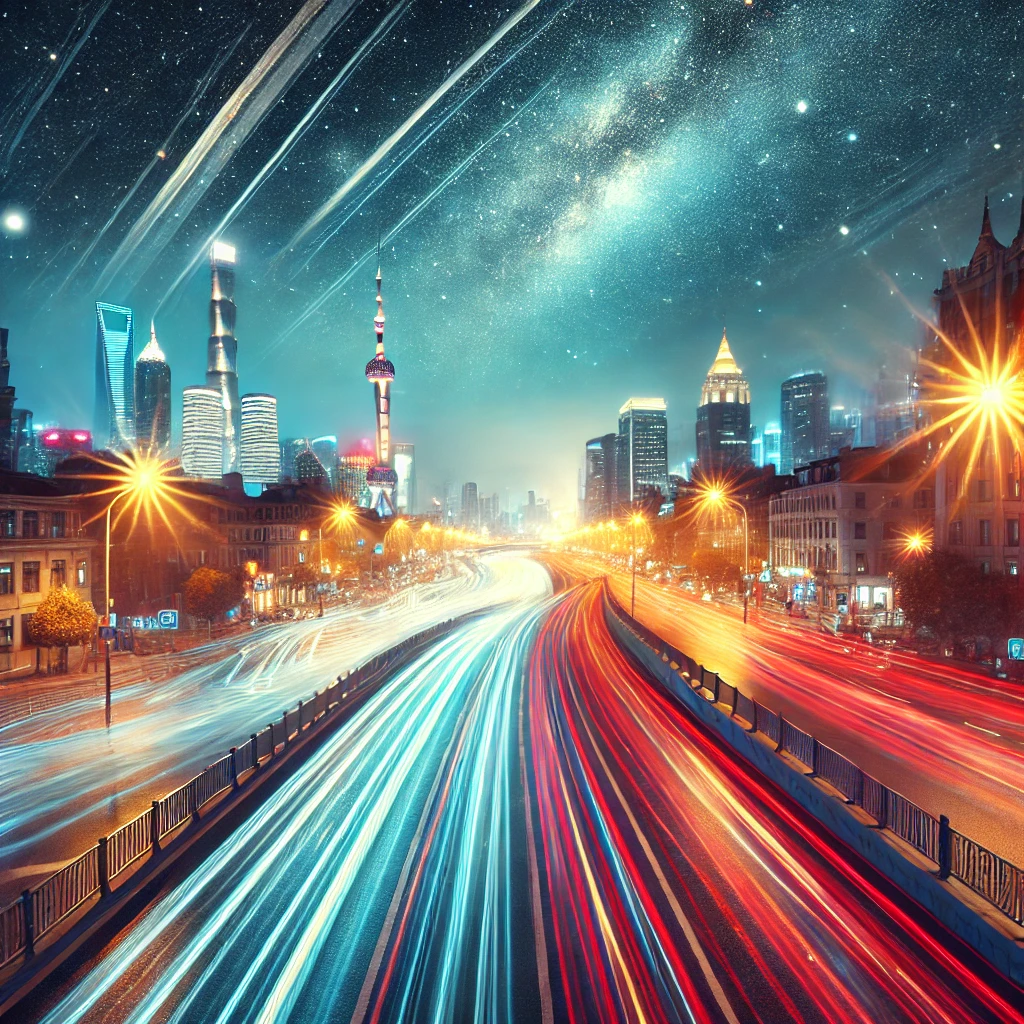Long exposure photography is a powerful technique that allows photographers to capture mesmerizing night shots by using slow shutter speeds. This method can transform ordinary scenes into breathtaking compositions by enhancing light trails, reflections, and motion effects. Whether you’re photographing cityscapes, star trails, or smooth water surfaces, mastering long exposure can elevate your photography skills.
This guide will take you through everything you need to know about long exposure photography, including essential equipment, camera settings, composition techniques, and post-processing tips.
Understanding Long Exposure Photography
What is Long Exposure Photography?
Long exposure photography involves keeping the camera’s shutter open for an extended period to capture more light. This results in a unique effect where stationary elements remain sharp while moving objects appear blurred or streaked.
Some common subjects for long exposure include:
- Light trails from moving vehicles
- Star trails in astrophotography
- Smooth water effects in seascapes and waterfalls
- Silky clouds in landscapes
- Illuminated cityscapes at night
Essential Equipment for Long Exposure Photography
1. Camera with Manual Controls
A camera that allows you to manually adjust shutter speed, aperture, and ISO is essential. Most DSLRs and mirrorless cameras have these capabilities.
2. Tripod
Since long exposure photography requires slow shutter speeds, a sturdy tripod prevents camera shake and ensures sharp images.
3. Remote Shutter Release or Timer
A remote shutter release or the built-in timer function helps avoid vibrations caused by pressing the shutter button.
4. Neutral Density (ND) Filters
ND filters reduce the amount of light entering the lens, allowing for longer exposure times even in bright conditions. These are useful for capturing smooth waterfalls or motion effects in daylight.
5. Wide-Angle or Prime Lens
A wide-angle lens is ideal for landscape and cityscape long exposure shots, while a prime lens with a wide aperture can help in low-light situations.
Camera Settings for Long Exposure Photography
1. Shutter Speed
- The key to long exposure is setting a slow shutter speed. Depending on the subject, it can range from a few seconds to several minutes.
- For light trails: 5-30 seconds
- For star trails: 15 minutes or more
- For smooth water: 5-20 seconds
2. Aperture
- A narrow aperture (higher f-number like f/8 to f/16) ensures a greater depth of field and sharp details.
- If shooting in very low light, you may need a wider aperture (lower f-number).
3. ISO Settings
- Keep ISO low (ISO 100-400) to reduce noise and maintain high image quality.
4. White Balance
- Adjust white balance based on the lighting conditions. For night photography, Tungsten or Incandescent settings can help balance city lights.
5. Focus Mode
- Use manual focus, as autofocus struggles in low-light conditions.
- Focus on a bright light source or use Live View for better accuracy.
Composition Techniques for Stunning Long Exposure Shots
1. Leading Lines
- Use roads, bridges, or pathways to create depth and guide the viewer’s eye into the scene.
2. Framing and Perspective
- Experiment with different angles to add drama and uniqueness to your shots.
3. Use Reflections
- Reflections from water bodies, glass, or wet streets enhance the visual appeal of your long exposure images.
4. Incorporate Motion
- Capture moving cars, clouds, or people to create dynamic and artistic compositions.
Creative Long Exposure Photography Ideas
1. Light Trails from Vehicles
- Find a busy road and capture streaks of light from passing cars by using a 10-30 second exposure.
2. Star Trails and Astrophotography
- Use the Bulb mode with a remote shutter release to capture long-duration exposures of star trails.
3. Silky Waterfalls and Rivers
- Use an ND filter to allow long exposure without overexposing the image. A 5-10 second exposure works best.
4. Cloud Movement in Landscapes
- A 30-second or longer exposure can create dramatic motion in sky clouds, adding interest to the scene.
5. Cityscape Glow
- Capture illuminated buildings with a long exposure to enhance their reflections on water surfaces.
Post-Processing Tips for Long Exposure Photography
1. Adjusting Exposure and Contrast
- Use Lightroom or Photoshop to fine-tune exposure, contrast, and highlights to enhance details.
2. Reducing Noise
- Long exposure images may have noise, especially in night shots. Use noise reduction tools for a cleaner look.
3. Enhancing Colors
- Adjust color tones to bring out the vibrancy of light trails and reflections.
4. Sharpening and Clarity
- Apply sharpening and clarity adjustments to maintain details without over-processing.
Common Mistakes and How to Avoid Them
1. Overexposed Highlights
- Use ND filters or lower ISO to prevent blown-out highlights in bright areas.
2. Camera Shake
- Always use a tripod and remote shutter release to avoid blurred images.
3. Underexposed Images
- Increase shutter speed or adjust exposure settings in post-processing.
4. Improper Focusing
- Always use manual focus and check sharpness through Live View.
Conclusion
Mastering long exposure photography opens up a world of creative possibilities, allowing you to capture breathtaking night shots with mesmerizing effects. By using the right equipment, camera settings, and composition techniques, you can elevate your photography skills and create stunning, professional-quality images.
Start experimenting with different exposure times, subjects, and angles to discover your unique style in long exposure photography. Happy shooting!

Sony Alpha a7 IV: The Ultimate Camera for Photography

Nikon Z5 Review: Is It Worth It?
-

Nikon Z9 : Game-Changer for Photography
-

Top Features of Nikon D850 That Make It Ideal for Portfolio Shoots
Sony Alpha a7 IV: The Ultimate Camera for Photography
Explore the Sony Alpha a7 IV in this complete 2025 review. Learn how its pro-level features, real-world performance, and hybrid flexibility make it the ultimate camera for photography across genres like portraits, weddings, travel, and commercial work. Table of Contents Section 1: Introduction – Why the Sony Alpha a7 IV Stands Out The Sony Alpha…
Nikon Z5 Review: Is It Worth It?
In 2025, photographers—whether hobbyists, content creators, or professionals—seek equipment that blends value, performance, and future-readiness. Enter the Nikon Z5, a full-frame mirrorless camera marketed as a gateway to high-end imaging without a flagship price tag. But how well does it hold up under real-world demands like studio shoots, weddings, landscape adventures, and lifestyle photography? In…
Nikon Z9 : Game-Changer for Photography
Discover why the Nikon Z9 is considered a true game-changer for photography. This in-depth Nikon Z9 review explores key features, real-world performance, and how it excels in professional photo shoots in 2025. Table of Contents 1. Introduction The photography world witnessed a significant shift with the launch of the Nikon Z9, a flagship mirrorless camera…
Top Features of Nikon D850 That Make It Ideal for Portfolio Shoots
Discover why the Nikon D850 is the ultimate DSLR for portfolio shoots. Explore its top features—from resolution and dynamic range to autofocus precision and workflow speed—that help photographers create stunning, high-impact images for professional portfolios. Whether you’re a portrait artist, fashion photographer, or visual storyteller, a portfolio shoot demands technical excellence, creative flexibility, and uncompromised…
Candid Moments with Canon EOS R10: Lightweight & Reliable
In the evolving world of mirrorless photography, the Canon EOS R10 stands out as a lightweight yet powerful camera tailored for real-life storytelling. Whether you’re photographing street scenes, family gatherings, weddings, or spontaneous portraits, capturing genuine emotion requires a responsive and discreet tool. This article dives deep into how the Canon EOS R10 excels in…
Bold Portraits with Canon EOS R5: Is It the Best for Work?
Studio photography has always demanded precision, artistry, and impeccable gear. As the expectations for commercial portraits, fashion campaigns, and editorial work continue to rise, the tools we use must evolve. Enter the Canon EOS R5, a camera that has stirred the professional waters with its impressive technical specs and forward-thinking design. In this comprehensive Canon…


